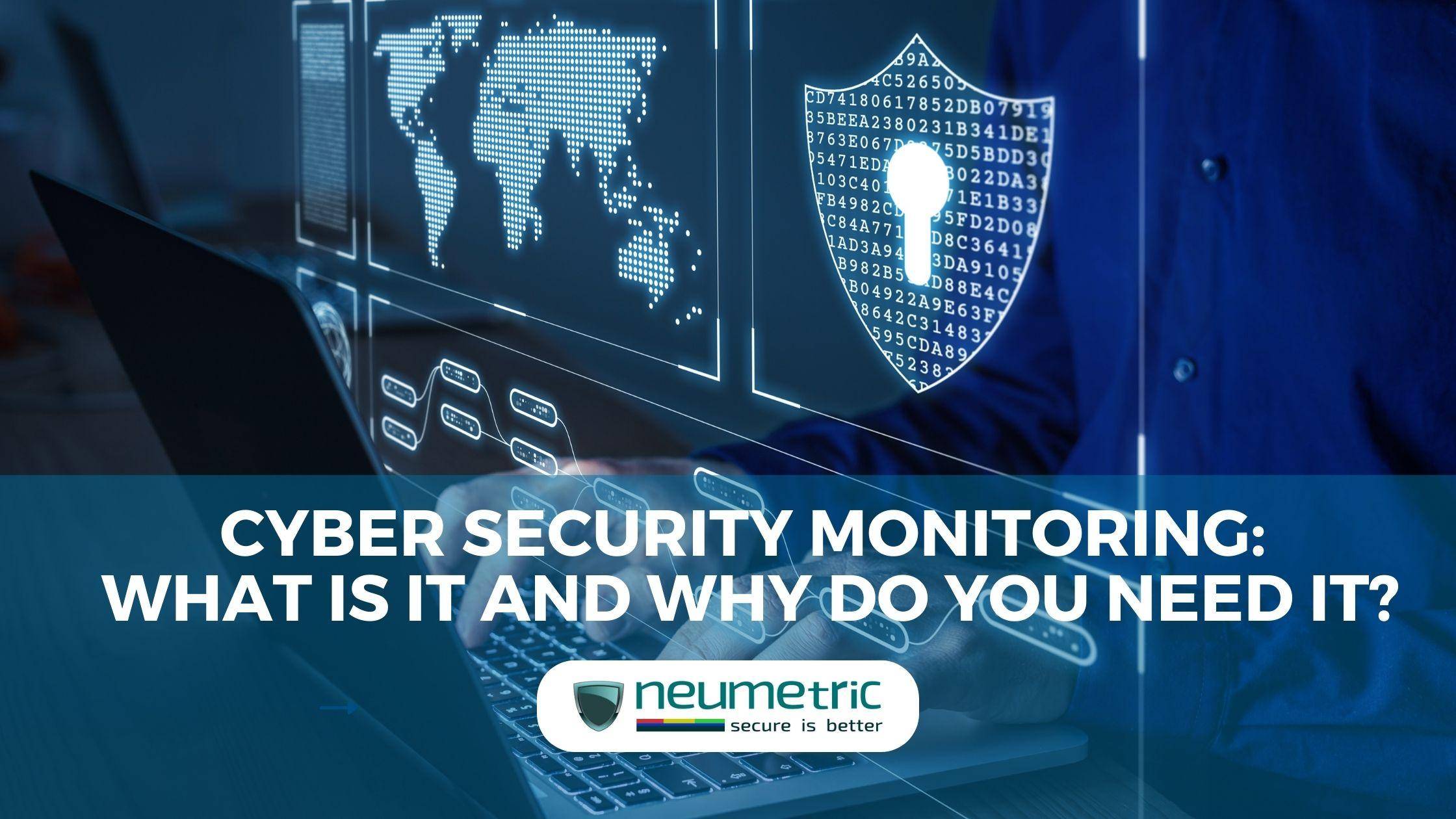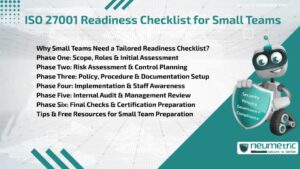Table of Contents
ToggleIntroduction
Cybersecurity and IT security are two of the most important things that you need to keep your business safe. However, it is not always possible for a business to have a dedicated team of IT professionals who can look at all potential threats and keep an eye on their system 24/7. In this situation, companies often hire third-party cybersecurity monitoring services for safety purposes. This article will explain what cyber security monitoring is and why you need it in your company.
What is cyber security monitoring?
Cyber security monitoring is the process of monitoring a network for cyber threats. The goal is to block malicious activity and prevent damage or data loss. It can be done by an in-house team or by a third party, and it typically involves using software to detect and block cyber attacks.
The key is to monitor your network and identify potential problems before they happen. This can be done by using a combination of software and people, or just one or the other. For example, you could have an in-house team that uses specialised monitoring software to keep an eye on things all day long. Or you could hire a third-party cybersecurity company that does nothing but monitor networks for threats 24 hours a day.
Cyber security monitoring is a proactive measure. It’s not an emergency response system; it doesn’t work on the assumption that something has already happened and needs to be fixed. Instead, it identifies potential threats before they can cause damage or loss of data.
How does cyber security monitoring work?
As the modern world becomes increasingly reliant on technology, there is an increased need for cyber security. Cyber attacks can have devastating effects, but with the right monitoring in place, you can detect and prevent these before they happen.
It’s essential that you have a strong cyber security strategy in place to protect yourself from any potential threats. The benefits of having effective monitoring include:
- Early detection of threats – with proper monitoring software installed on your network or on devices themselves (endpoint), it will alert you when suspicious activity occurs so that action can be taken before damage is done.
- Notification of malicious activities – whether this involves identifying an intruder or stopping them from accessing sensitive information, having systems in place will let you know what’s happening at all times so that there are no surprises later down the line when something bad happens unexpectedly!
Why is cyber and IT security monitoring important?
Monitoring is important to protect your business from cyber threats, detect and respond to them, and detect and respond to security incidents. It’s recommended that you monitor several areas of your network, including:
- Critical systems (such as email): Monitoring critical systems is important to ensure that they are working properly and that there are no issues with them. This will help you to identify any issues quickly, so that your business can continue operating as normal.
- Servers and applications (including web apps): Monitoring your servers and applications will help you to identify any issues with them, such as performance problems or security vulnerabilities.
- Network traffic across the various layers of your network (there are seven layers in a common architecture model): Monitoring network traffic will help prevent unwanted access to your business’s assets. It will also allow you to identify any potentially malicious activity, such as attempts to hack into your systems.
What are the challenges of in-house threat monitoring
As an Organisation, you may be working with a budget that is limited. The time and energy needed to set up an effective threat monitoring program can be overwhelming. The following are some of the most common challenges:
- Lack of expertise: If you don’t have expertise in this area, it’s tough to get started on your own—and even more difficult to make sure that your system is running smoothly once it’s up and running. This means hiring someone who understands security and has experience in setting up systems like these can save you both time and money in the long run.
- Lack of resources: It takes time, money, and other resources (such as storage space) to keep on top of all the data being collected by cyberthreats. In addition to these costs, adding more people or equipment means having room for them within your Organisation’s budget restrictions. Finding skilled workers who are willing to keep their jobs secure from threats while also maintaining productivity levels can be difficult if not impossible for smaller companies without dedicated IT staff members already trained on how best handle this type of information.
Cyber Security Monitoring: Expert Steps You Should Follow For Safety
Cyber security monitoring is a continuous process. It should be done in real time and continuously, not just once every six months or once a year. You should make sure that your cybersecurity professionals or company you hire for the job does it right the first time. Here are some crucial steps followed by expert cyber security companies:
- Monitor all devices connected to your network including computers, tablets, laptops and smartphones.
- Keep an eye on changes in your system’s behaviour (e.g., traffic spikes) as well as abnormal patterns of activity such as uncharacteristic access attempts to files or networks.
- Monitor your devices’ access logs to find out who’s been using them and when.
- Perform regular security audits on all network components, especially those that process or store sensitive data such as credit card numbers, social security numbers and more.
- Monitor your network traffic and make sure it’s not being tampered with or altered.
- Check for signs of malware, spyware and viruses using antivirus softwares like Kaspersky Business Security, Windows Defender, etc.
- Perform regular backups of your data to ensure it’s not lost in case of an attack or accidental deletion.
- Update your antivirus software regularly and make sure you have a good firewall installed.
- Use strong passwords and change them regularly.
- Keep up-to-date with the latest security patches for all software you use on your network.
- Train your employees about the importance of data security, as well as how to avoid common phishing scams and other social engineering attacks.
Why choose Neumetric for cyber security monitoring?
Neumetric has years of experience in providing Information Security and Technical Security services, and has built up extensive knowledge about the latest technologies used by hackers to infiltrate networks. Our Technical Security Services ensure that your systems are safe from vulnerabilities. We identify such vulnerabilities and report them to you before the hackers can exploit those vulnerabilities and cause damage. Neumetric’s technical security solutions cover a wide range of assets including Web Application, Mobile App, Cloud Network, LAN Network, etc.
Conclusion
In summary, if you want to stay ahead of the cyber security game, then it’s essential to have an effective monitoring strategy in place. This will ensure that any issues within your network can be detected and dealt with before they get out of hand.
FAQs
How do you monitor cyber security risk?
By using a monitoring solution that provides you with the tools you need to effectively monitor your network. This will enable you to detect threats before they have a chance to cause any damage and will allow you to take action quickly, thus mitigating the risk of any incidents occurring in the future.
What are the 3 main pillars of cyber security?
The three main pillars of cyber security are: Prevention, Detection and Response. Prevention is essential because it will help to stop threats from ever entering your network in the first place. Detection is also important as it enables you to identify any issues within your system before they can cause any damage. Finally, response allows you to take appropriate action when dealing with these threats so that they don’t cause any harm.





